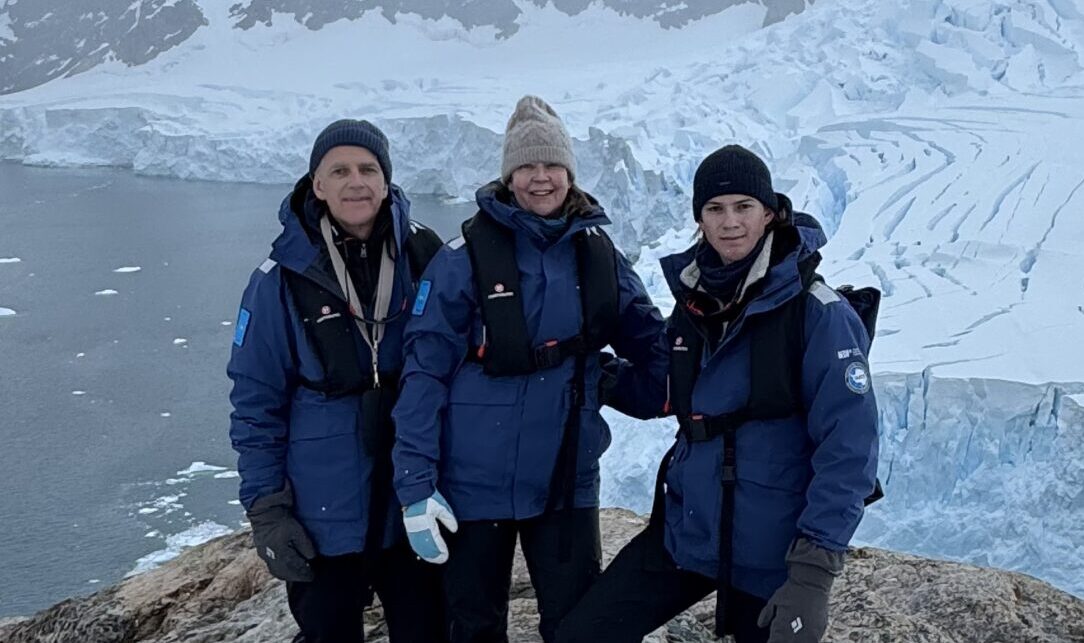(18-19 June)
Maun is the fifth largest town in Botswana, although it is still officially a village.. The population is about 55 000 (the latest numbers we can find). It’s quite a small town. You get just about everywhere in 20 min.
Wednesday we went for lunch at the Dusty Donkey again. We did check out a few options, but this seemed like the best. Maun is not on a culinary list, still we’ve done ok. The flat white (coffee) was too notch.
Before heading back to our accommodation, we stocked up for our long journey back to Gobabis tomorrow. Ordered sandwiches at Hillary’s ready to be picked-up in the morning. Also got a funnel for our jerrycan.
This evening we’re having take out. It will be nice to just relax by the bonfire for a bit.
The school children seem to be walking quite far to get to school. They often walk in small groups, laughing and talking. There must be quite a few schools since we see children with lots of different colors on their school uniforms.
Rush hour through the center start around 15.00, by 16.30 it is over. This seem to coincide with the children finishing school for the day. We saw them walking to school around 7 in the morning.
